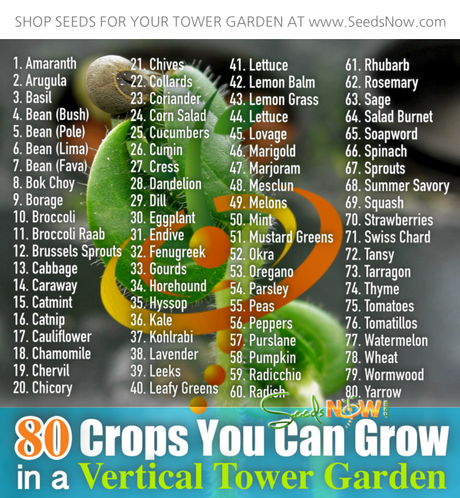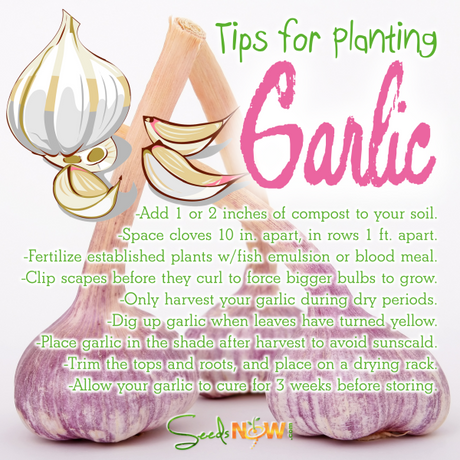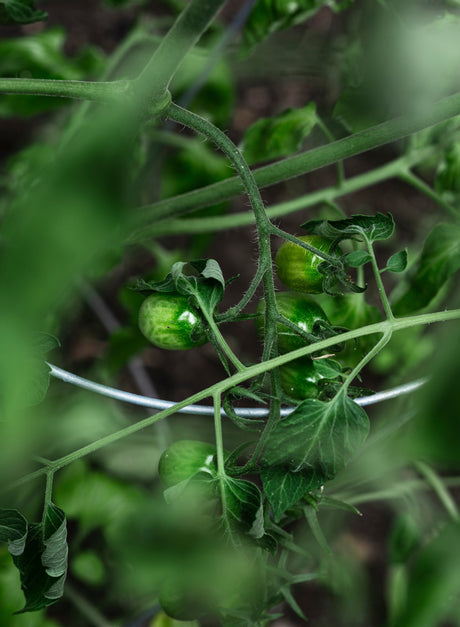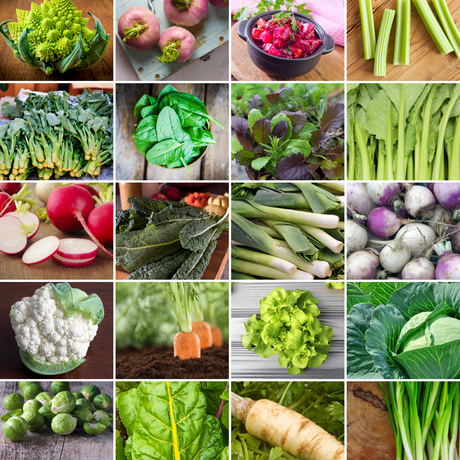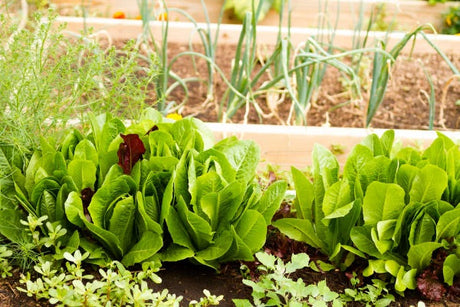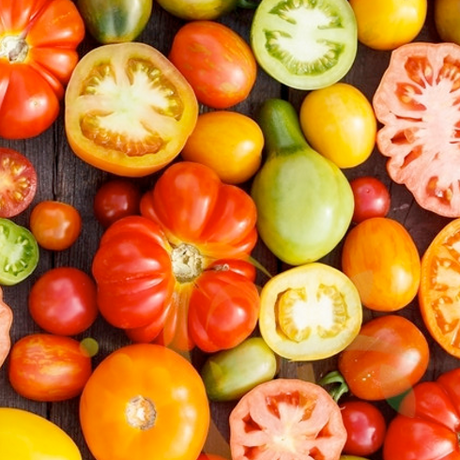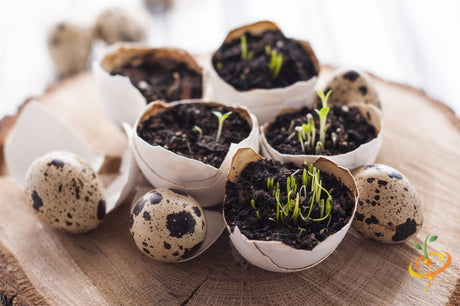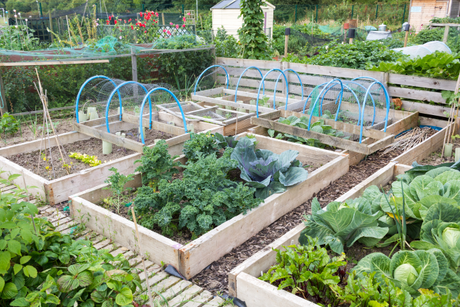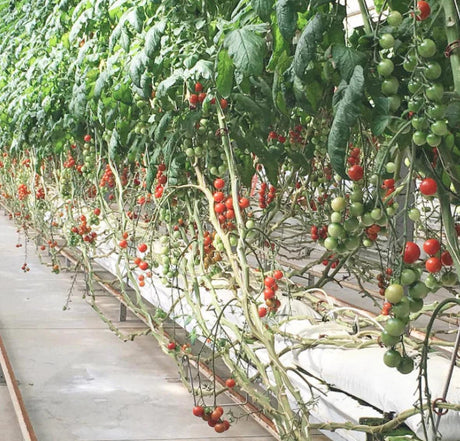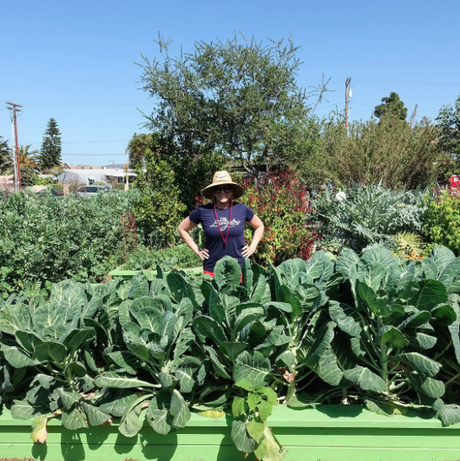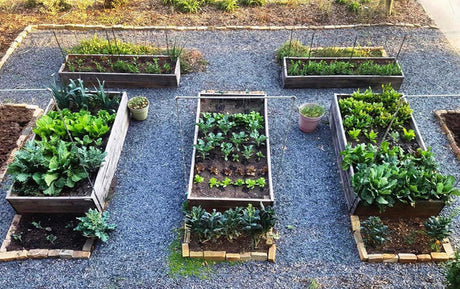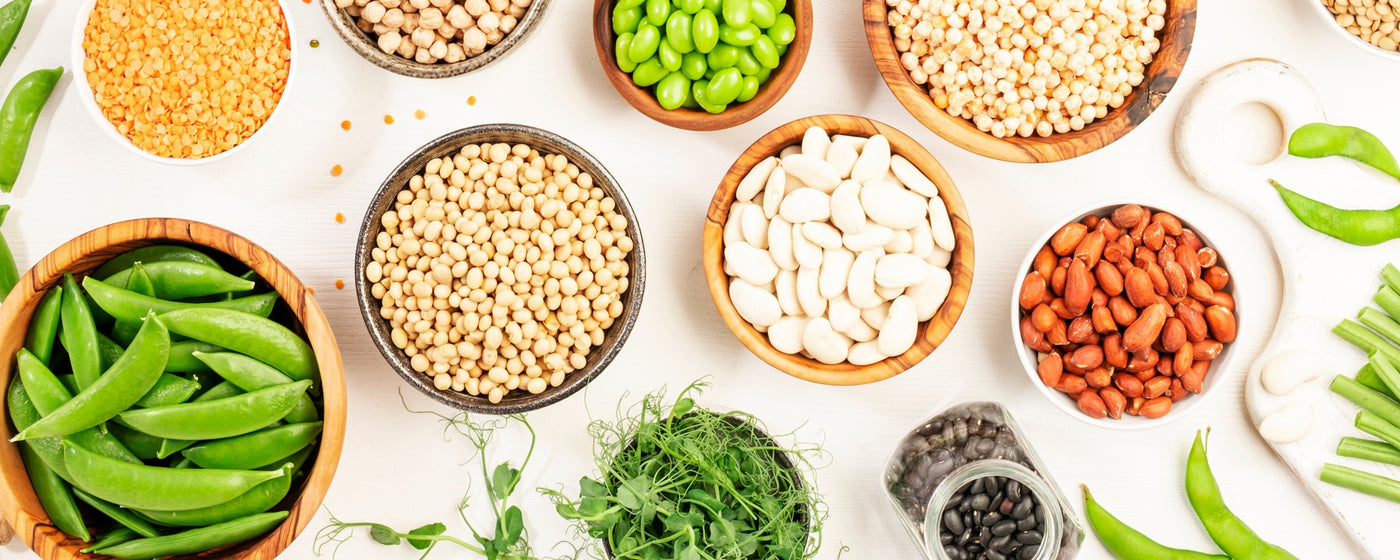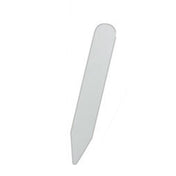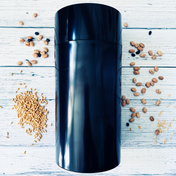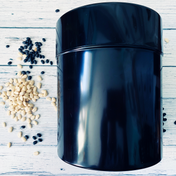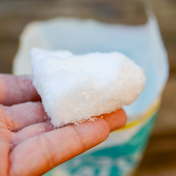This section should be read in addition to: Using, Buying, and Applying Organic Fertilizers
An introduction to elements essential for plant growth
Like people and all other organisms, plants need many different nutrients to grow. Nutrients needed in large amounts are sometimes called “macronutrients,” while nutrients needed in smaller amounts are called “micronutrients.” The following table lists macro and micronutrients needed by plants, the percentage of an average plant that is made up of each nutrient, and the relative number of atoms of each nutrient needed for healthy growth. Note that even the macronutrients account for only a small percentage of the weight of a dried plant – almost all the rest of its weight is made of the element carbon (C). If you were to analyze a living plant (that is, one that had not been dried out), you would find that most of its weight was composed of water.
It is worth noting that many of these nutrients are not actually used by plants in the pure, elemental form shown in the table above. Nitrogen (N), for example, is most abundant on our world in the form of a gas, which consists of two N atoms bonded to each other make the molecule dinitrogen, or N2. This gas makes up 78 percent of the atmosphere, but plants can’t use it. They rely instead on several other forms of nitrogen, including nitrate (N03 -), ammonium (NH4 +), and nitrite (N02 -). These molecules are created by a number of biological and nonbiological processes that occur in the atmosphere, in the soil, and in the roots of special plants called legumes.
Humans can (and do) also create large volumes of the plant-available forms of nitrogen using industrial processes. These processes require large amounts of fossil fuels, and the nitrogen fertilizers that result from them are not used in organic food production. Nitrogen-containing fertilizers used in organic production are made instead from animal wastes (manure), animal parts (bones, blood, feathers, etc.), or nutrientdense plant products (ground-up seeds or fruits).

Like nitrogen, other plant macro and micronutrients exist in forms that are available to plants and forms that are not available to plants. They can be made into fertilizers using methods that are considered either acceptable or unacceptable for organic production.
← GO BACK TO GROW GUIDES

